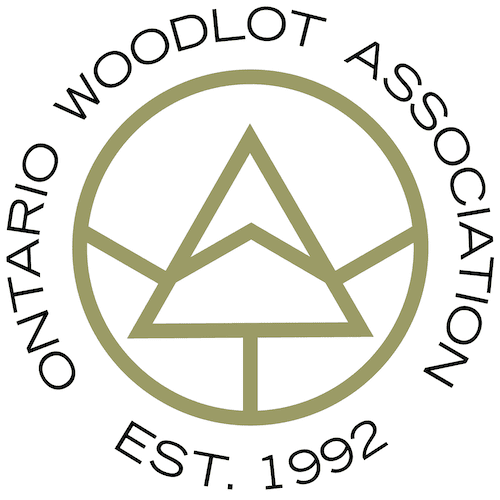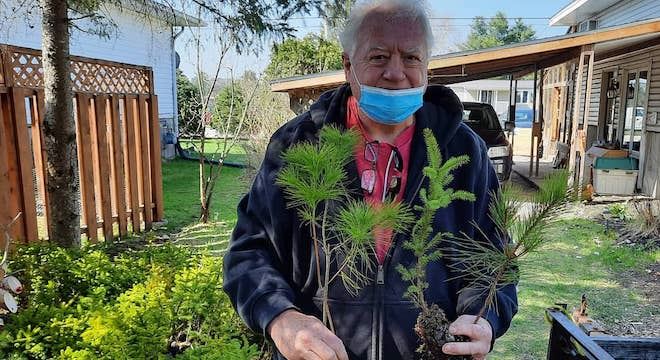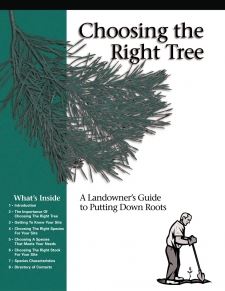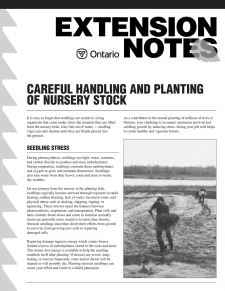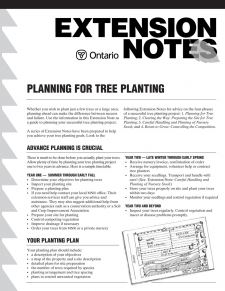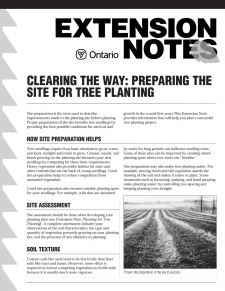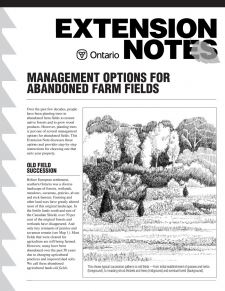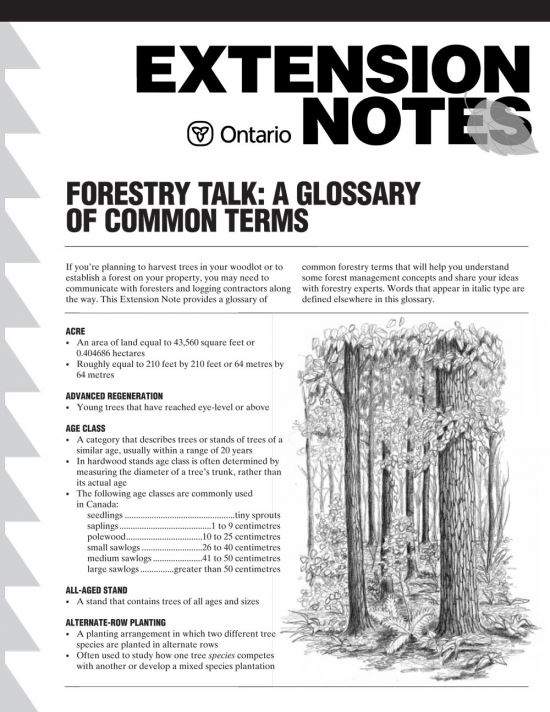- About
- Member Resources
- Woodland 101
- SEEDS & TREES - PLANTING TIPS
Seeds & Trees |
| Pre-commercial thinning required | Spacing (feet) |
No. of Trees | |
|---|---|---|---|
| Per acre | Per hectare | ||
| No | 12 X 12 | 302 | 746 |
| No | 10 X 10 | 436 | 1,076 |
| No | 9 X 9 | 538 | 1,329 |
| Maybe | 8 X 8 | 681 | 1,682 |
| Yes | 7 X 7 | 886 | 2,189 |
| Yes | 6 X 8 | 908 | 2,244 |
| Yes | 6 X 6 | 1,210 | 2,989 |
Commonly used spacing in conifer plantings.
Need more information?
For comprehensive advice about choosing the right tree for your planting site, refer to the guide A Landowner's Guide to Putting Down Roots - Choosing the Right Tree.
Additional information about tree planting is available in a series of extension notes from the LandOwner Resource Centre. This information is available on-line or copies of the following extension notes can be obtained by calling the LRC at (613) 692-2390.
